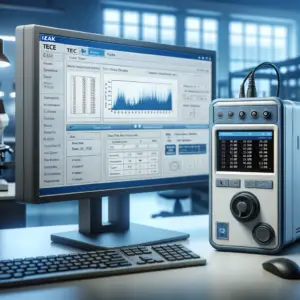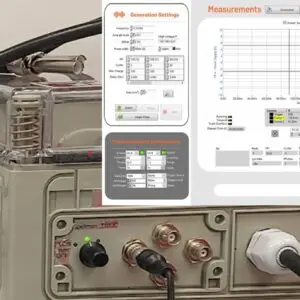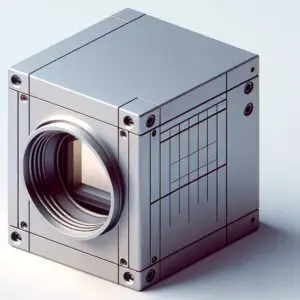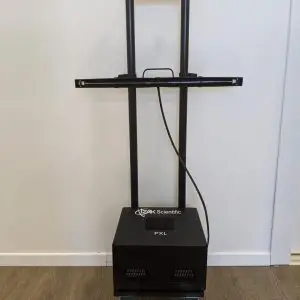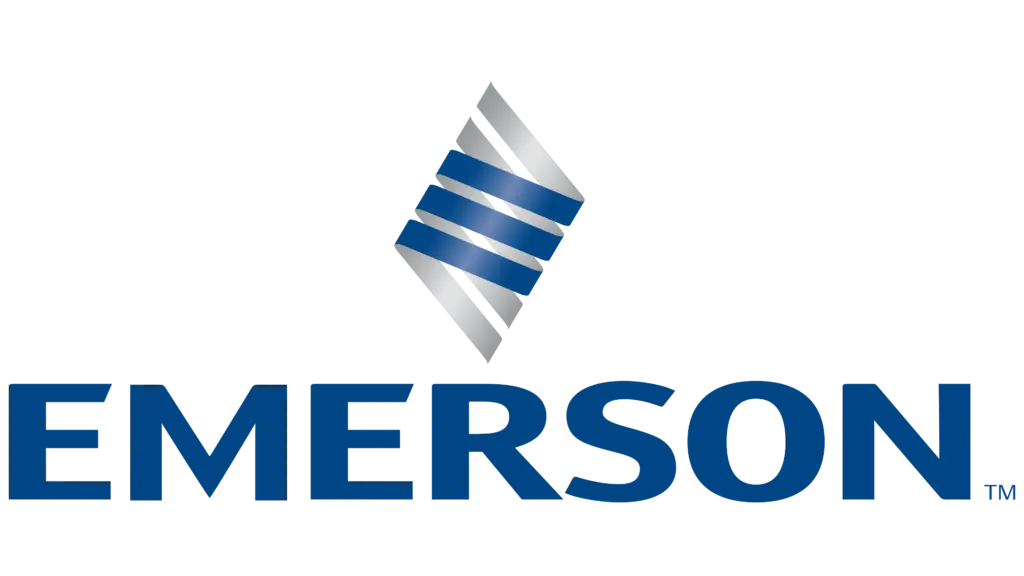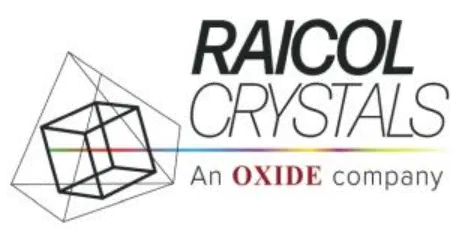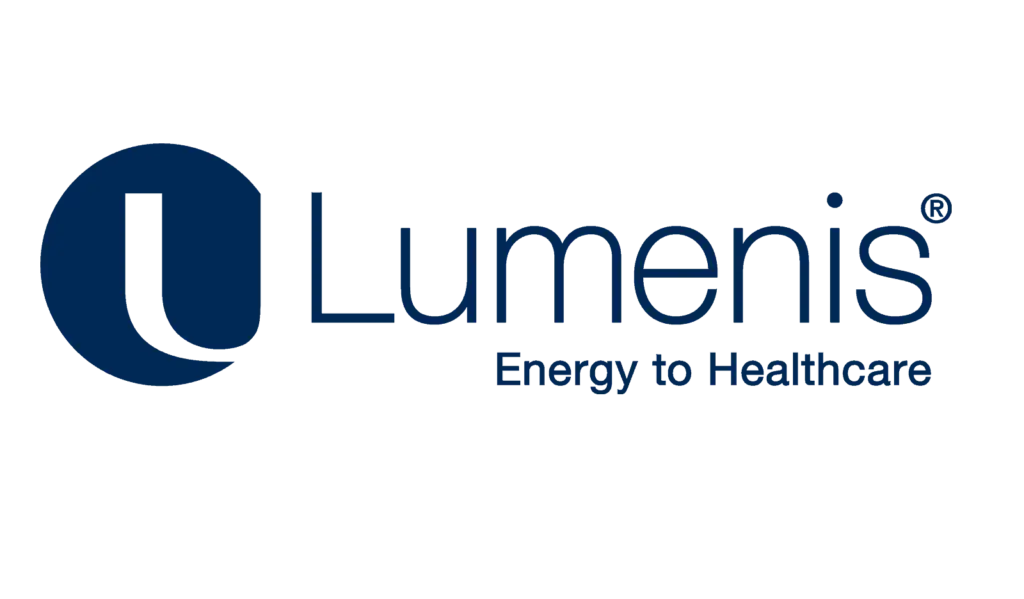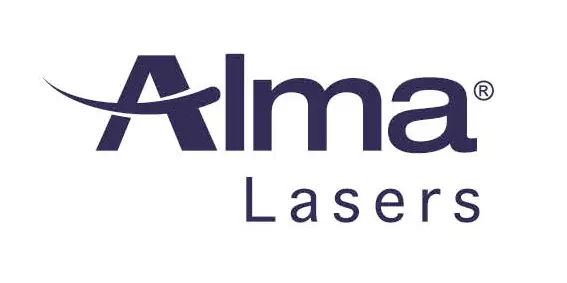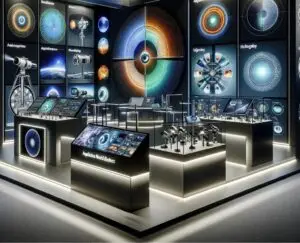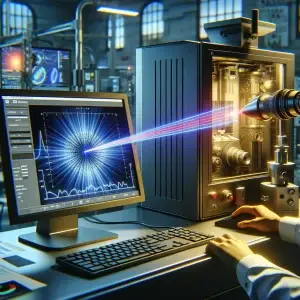Choosing the Right Xenon Lamp for Your Scientific Application
Xenon lamps are widely used in scientific research. They can take the form of flash (pulsed) lamps or continuous wave (CW) lamps.
One of the main advantages of xenon flash lamps is their ability to provide high optical light energy in a short pulse (a few microseconds), producing a high peak power.
Due to their wide and continuous spectra (200nm – 2.5um), xenon lamps can be used for laser light-pumping, absorbance measurements, scattering, and more. Xenon lamps can also be used for illumination, whether for scientific microscopy or for cameras. And with a high fluence level, xenon lamps can also be used for hair removal.
IZAK Scientific’s xenon lamp engineers can provide expert advice, no matter your application. 
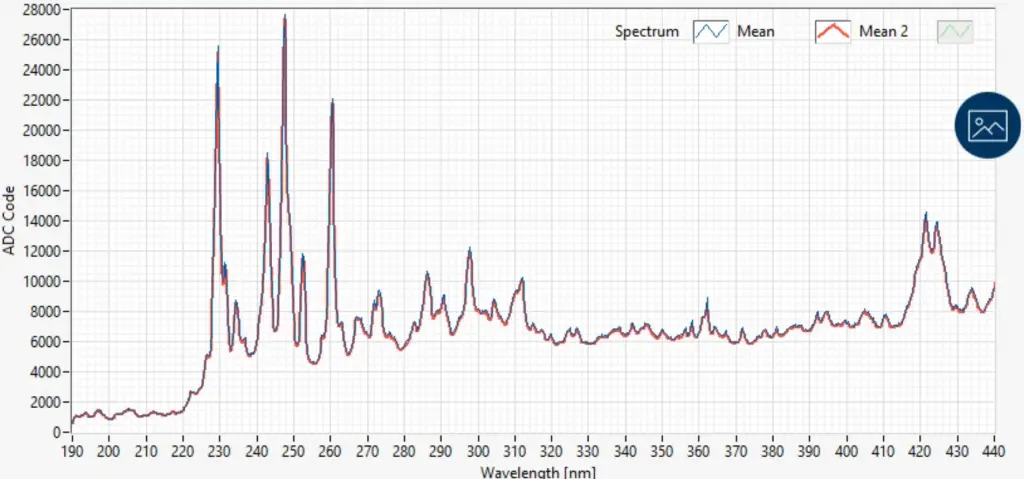
Applications of Xenon Lamps
Absorbance
Material absorbance is an important scientific technique. It can be used to study energy levels, energy transfer mechanisms, and more.
To calculate a material sample’s absorbance with a xenon lamp light source, several experiments must be conducted. You must measure the initial light intensity (I), the light transmitted via the sample (T), and the light reflected from the sample (R). The difference I – (R+T) is the amount of light absorbed by the sample.
In practice, it’s extremely complicated to separately measure all the transmitted and reflected light components. One effective method to overcome this complication is to use integrating spheres. By measuring the spectra at the output port of two spheres, one empty and the other filled with the material sample, we can determine both the I and (R+T) components and successfully calculate the absorption.
Note that this method calculates the absorption of a wide spectral source. To calculate wavelength-dependent absorption, this experiment must be performed for narrow regions of the whole spectrum (using a spectrometer, for example). Our xenon lamp engineers can advise you on the best configuration for your needs.
Reflection
Xenon lamps make it possible to measure a material’s broadband reflection. This can determine, for example, the material’s surface emissivity (an ideal black body emissivity is defined as 1 for all wavelengths).
One of the most common techniques for this measurement is to use an integrating sphere. The sample under test is placed at an output port and irradiated by a collimated light source. Then, the reflected light is collected by the integrating sphere.
Xenon flash lamps can also be used to measure the reflection of an exited state. This is accomplished by initially exciting the sample, and then measuring the reflection of a second delayed pulse within the excited particle’s lifetime.
Optical Excitation
In addition to studying energy levels, xenon lamps can also be used to optically pump a laser’s active medium. In 1960, Theodore Maiman built the first working three-level laser using a xenon flash lamp as the pump source for a ruby rod. The xenon lamp intensity was enough to overcome a three-level laser ground state and achieve population inversion.
Another use of xenon lamps is as an excitation source in hyperspectral imaging microscopes. This utilizes the wide spectral range and high intensity of xenon lamps.
Flash xenon lamps are also used in flash photolysis, a technique developed to study short-lived intermediates in photoinduced reactions. In flash photolysis, an initial and very intense flash is used to excite the sample. This is followed by a delayed, non-intense flash, which is recorded for further studying.
Medical
Xenon lamps are used as the light source in xenon-based hair removal machines. These use the principle of selective absorbance of the melanin in hair follicles underneath the skin. Heating the hair follicles damages them and result in hair removal. Our xenon lamp engineers can offer you expert advice on the interaction of tissue and light from xenon lamps.
Ultraviolet (UV) light from xenon lamps can also be used for medical sterilization.
Watch a short demonstration:
Configuring Your Xenon Lamp
There are many important parameters when specifying your xenon lamp system. You must consider:
- spectrum requirements (i.e. UV or IR without UV radiation)
- pulse repetition rate
- pulse duration
- energy per pulse
- pulse-to-pulse variation
- mechanical layout
- and more
Here at IZAK Scientific, we can offer our engineering expertise to help you design and deliver a xenon lamp system that suits your needs. Our systems include the lamp, power supply, driver, and driver APIs. We can also help you operate your own xenon lamp, and define and perform optical measurements in our lab according to your requirements.
For more information about the product click here
Contact us today to set up a consultation.

